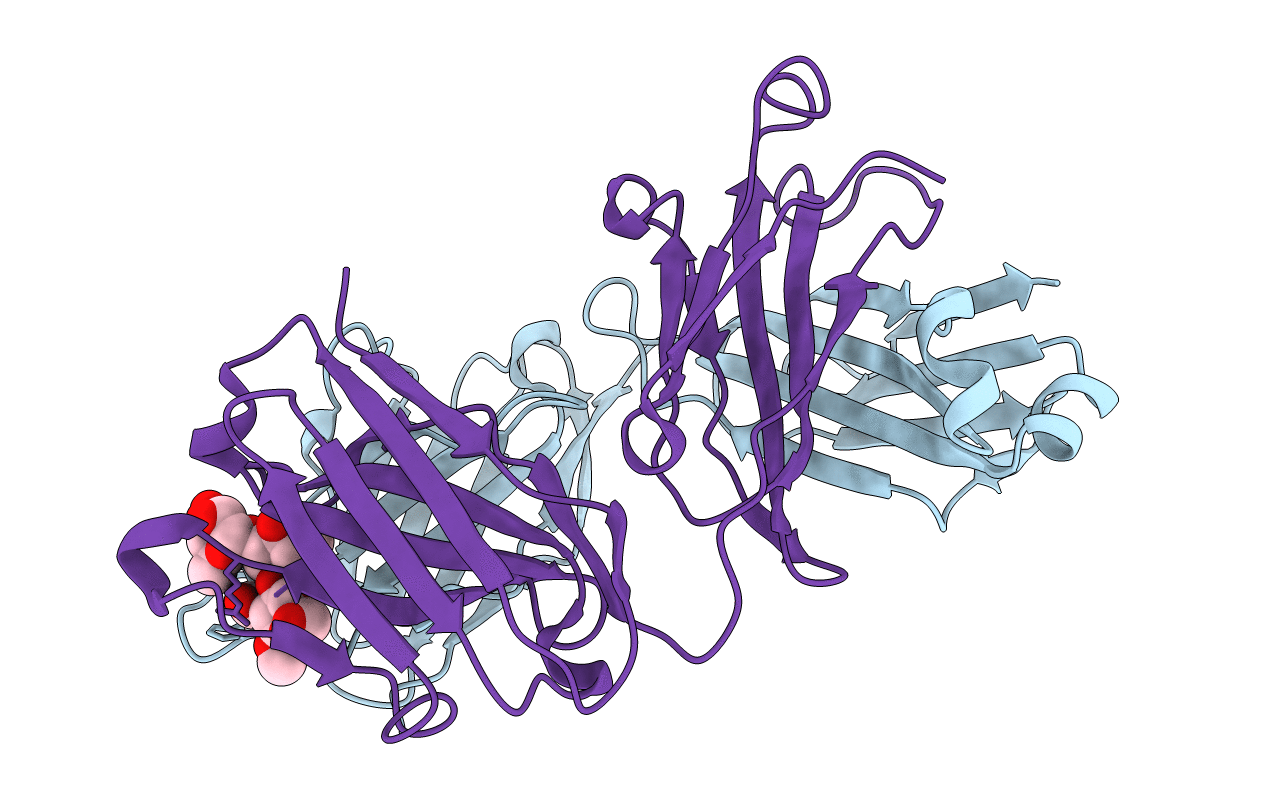
Deposition Date
2002-07-19
Release Date
2003-07-22
Last Version Date
2024-10-16
Entry Detail
PDB ID:
1M7D
Keywords:
Title:
Crystal structure of a Monoclonal Fab Specific for Shigella flexneri Y Lipopolysaccharide complexed with a trisaccharide
Biological Source:
Source Organism:
Mus musculus (Taxon ID: 10090)
Host Organism:
Method Details:
Experimental Method:
Resolution:
2.30 Å
R-Value Free:
0.27
R-Value Work:
0.21
Space Group:
P 43 21 2


